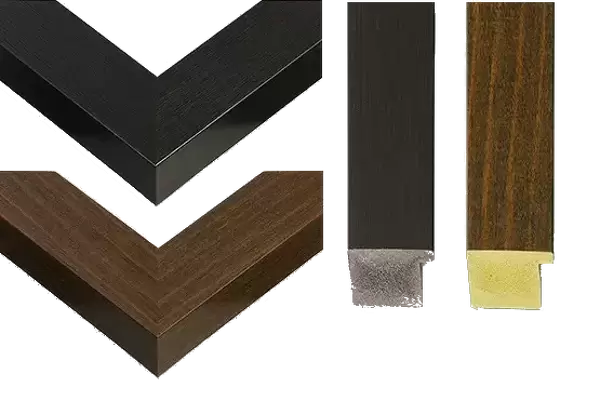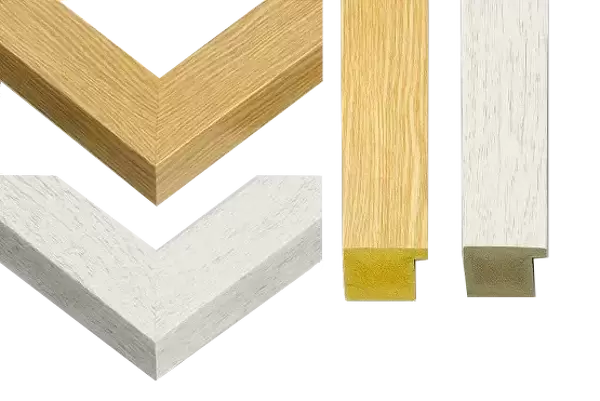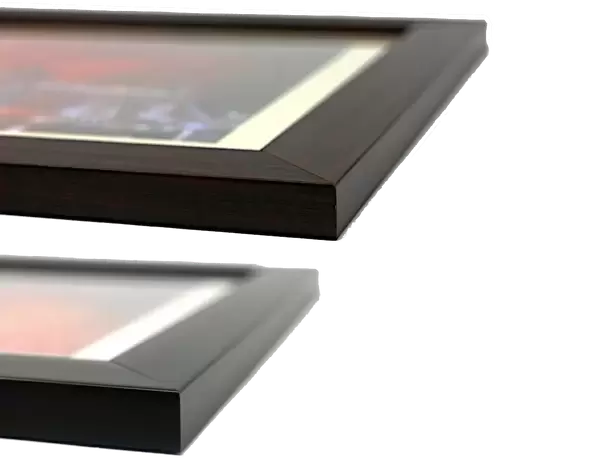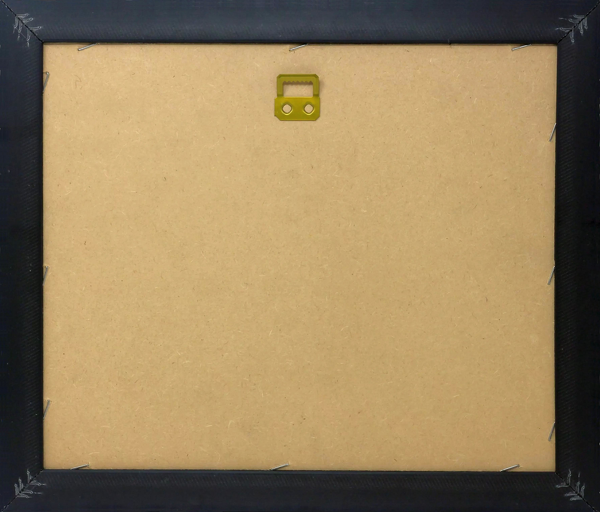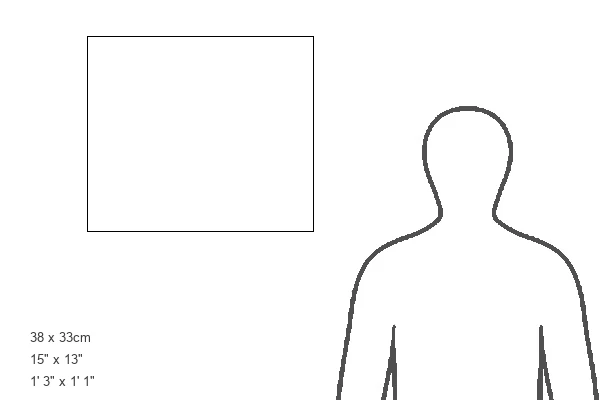Framed Print : Oil refining process
![]()

Framed Photos from Science Photo Library
Oil refining process
Oil refining process. Schematic diagram of how oil is refined from the crude state to the finished products. The process depends on breaking down the oil in a process named catalytic cracking (at 500 degrees Celsius). The three main areas here are (left to right): catalyst regeneration; cracking tower; and the fractionating tower. Air (blue) is supplied to regenerate the catalyst. Crude oil (grey) is pumped into the cracking tower. The product ends up in the fractionating tower (right). Different components of the crude oil condense at different temperatures, and hence at different heights. The products (bottom to top) are: bitumen, fuel oil, diesel oil, kerosene, naptha, petrol and gas
Science Photo Library features Science and Medical images including photos and illustrations
Media ID 6456469
© SCIENCE PHOTO LIBRARY
Bitumen Catalysis Catalyst Chemical Engineering Chemical Plant Chemical Reaction Cracking Crude Oil Diagram Energy Engineering Factory Fossil Fuel Fuels Kerosene Oil Refinery Petrol Procedure Process Production Refining Schematic Separating Tower Computer Artwork Fraction Fractions Naptha
14"x12" (38x32cm) Modern Frame
Discover the fascinating world of oil refining with our Media Storehouse Framed Prints featuring the captivating image "Oil refining process" by Science Photo Library. This intricately detailed schematic diagram illustrates the transformation of crude oil into finished products through the process of catalytic cracking. Bring this essential aspect of energy production into your home or office with our high-quality framed prints, expertly crafted to preserve and enhance the vivid colors and fine details of the original Science Photo Library image. Add a touch of scientific knowledge and visual interest to any space. Order now and ignite your curiosity!
Wood effect frame, card mounted, 10x8 archival quality photo print. Overall outside dimensions 14x12 inches (38x32cm). Environmentally and ozone friendly, 40mm wide x 15mm Polycore® moulding has the look of real wood, is durable and light and easy to hang. Biodegradable and made with non-chlorinated gases (no toxic fumes) it is efficient; producing 100 tons of polystyrene can save 300 tons of trees! Prints are glazed with lightweight, shatterproof, optical clarity acrylic (providing the same general protection from the environment as glass). The back is stapled hardboard with a sawtooth hanger attached. Note: To minimise original artwork cropping, for optimum layout, and to ensure print is secure, the visible print may be marginally smaller
Contemporary Framed and Mounted Prints - Professionally Made and Ready to Hang
Estimated Image Size (if not cropped) is 24.4cm x 16.9cm (9.6" x 6.7")
Estimated Product Size is 37.6cm x 32.5cm (14.8" x 12.8")
These are individually made so all sizes are approximate
Artwork printed orientated as per the preview above, with landscape (horizontal) orientation to match the source image.
EDITORS COMMENTS
This print from Science Photo Library showcases the intricate and fascinating process of oil refining. The detailed schematic diagram provides a comprehensive overview of how crude oil is transformed into various finished products through a series of complex steps. At the heart of this process lies catalytic cracking, where the oil is broken down at an astonishing temperature of 500 degrees Celsius. The three main areas depicted in the image are catalyst regeneration, cracking tower, and fractionating tower. Catalyst regeneration involves supplying air (depicted in blue) to rejuvenate the catalyst necessary for efficient refining. Grey-colored crude oil is pumped into the cracking tower, where it undergoes transformation. Finally, the refined product finds its way to the fractionating tower on the right side of the image. The fractionating tower plays a crucial role as different components within crude oil condense at varying temperatures and heights. From bottom to top, we witness bitumen, fuel oil, diesel oil, kerosene, naptha, petrol (gasoline), and gas being separated out as distinct fractions. This visually stunning illustration not only highlights key elements such as production facilities and technological equipment but also emphasizes chemistry's significant role in this industrial process. It serves as a reminder that behind our everyday use of fuels lie sophisticated engineering techniques employed by chemical plants and refineries worldwide.
MADE IN THE UK
Safe Shipping with 30 Day Money Back Guarantee
FREE PERSONALISATION*
We are proud to offer a range of customisation features including Personalised Captions, Color Filters and Picture Zoom Tools
SECURE PAYMENTS
We happily accept a wide range of payment options so you can pay for the things you need in the way that is most convenient for you
* Options may vary by product and licensing agreement. Zoomed Pictures can be adjusted in the Basket.



